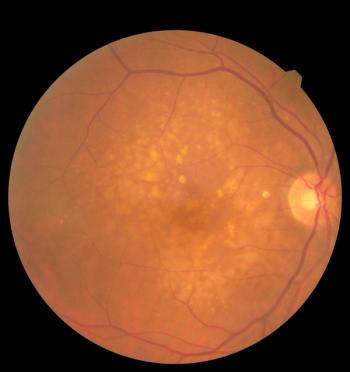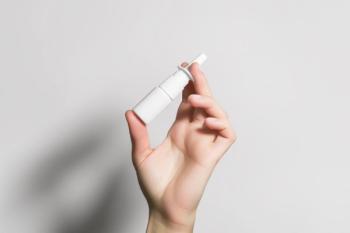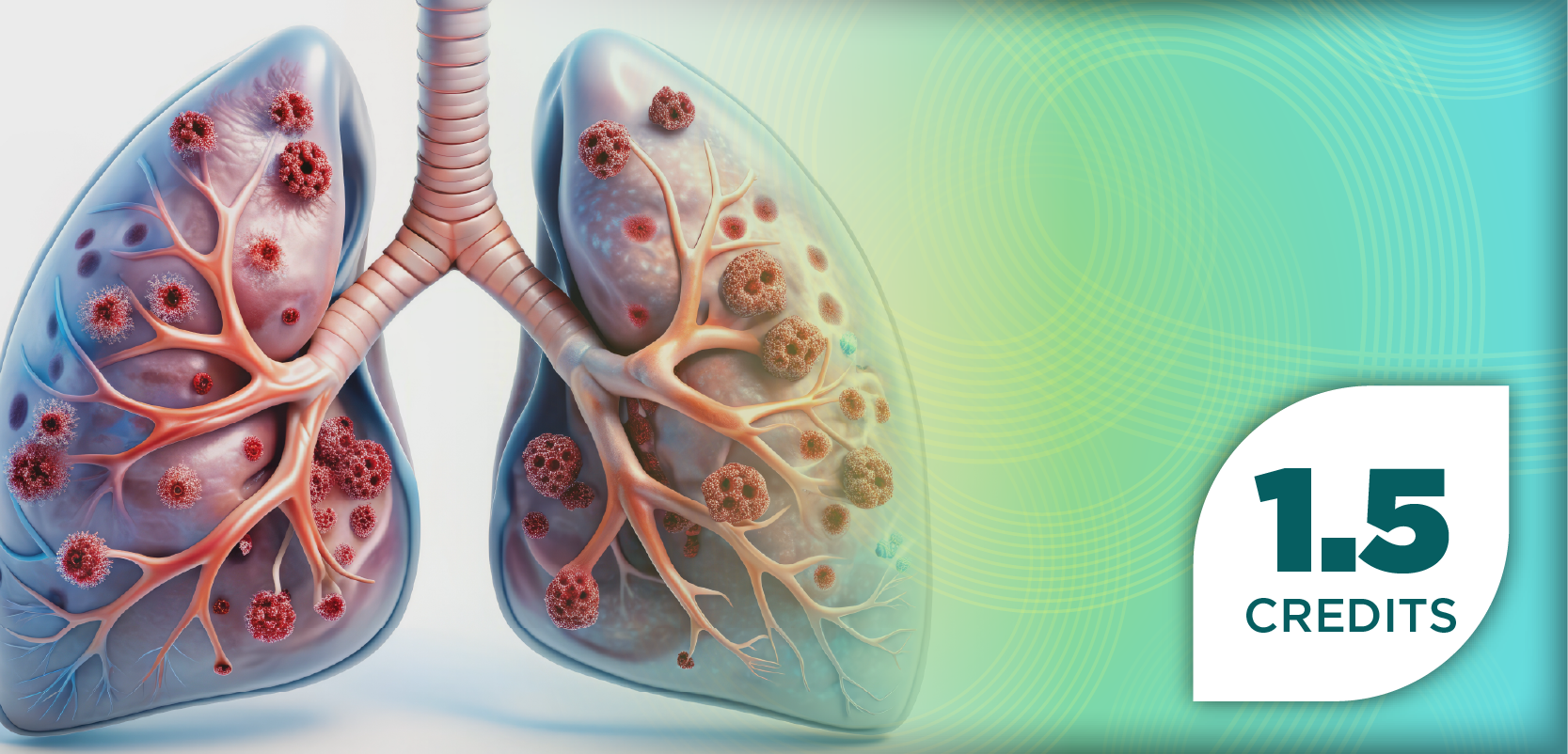
Discontinuing Lenalidomide After ASCT May Be Safe for Select MRD-Negative Patients With Multiple Myeloma
Key Takeaways
- Lenalidomide discontinuation after 3 years of MRD negativity shows low MRD conversion and disease progression rates in patients with multiple myeloma.
- Estimated 7-year progression-free survival rate was approximately 90.2%, with a gradual decline in treatment-free survival over time.
Discontinuing lenalidomide after 3 years of MRD negativity shows low relapse rates in multiple myeloma, offering hope for treatment-free remission.
Lenalidomide (Revlimid; Bristol Myers Squibb) maintenance discontinuation after 3 years of sustained bone marrow and imaging minimal residual disease (MRD) negativity is associated with low rates of MRD conversion and progressive disease in patients with multiple myeloma (MM), according to study findings published in Blood. The results help inform clinical decision-making regarding lenalidomide discontinuation after autologous stem cell transplantation (ASCT).1
MM is the second most common hematologic malignancy, affecting over 130,000 individuals in the United States. It is incurable and characterized by the overproduction of plasma cells in the bone marrow and marked by renal failure, brittle bones, and anemia. In MM, patients go through cycles of remission and relapse, with responses typically worsening with successive lines of therapy.2
The only FDA-approved maintenance therapy for MM is lenalidomide, an oral immunomodulatory drug that targets myeloma cells through cereblon binding, enhances immune system function through activation of T cells and natural killer cells, and prevents new myeloma cell growth through inhibition of vascular endothelial growth factor. It received approval in 2006 for use with the steroid dexamethasone in adult patients with myeloma who had received at least 1 prior therapy. This indication was expanded in 2015 to a broad approval of lenalidomide for use throughout myeloma treatment.3,4
According to the authors, “Discontinuation of lenalidomide maintenance after autologous stem cell transplantation is a burning question within the [MM] community, especially after the inclusion of [MRD] in the disease response criteria.” This prompted a prospective study evaluating the rates of MRD conversion, treatment-free survival (TFS), and progression-free survival (PFS) in patients with MM (n = 52) who discontinued lenalidomide maintenance after maintaining bone marrow and imaging MRD negativity for 3 years.1
At a median follow-up of 3 years after discontinuing lenalidomide maintenance therapy, 12 patients (23%) returned to MRD positivity and subsequently restarted lenalidomide. Only 4 patients (7.6%) experienced disease progression during the follow-up period—3 with biochemical progression and 1 with clinical progression—suggesting a relatively low risk of relapse following treatment discontinuation.1
Although the median PFS was not reached at the time of analysis, the estimated 7-year PFS rate from the time of diagnosis was approximately 90.2%. TFS rates at 1, 2, and 3 years after stopping maintenance were 93.9%, 91.6%, and 75.8%, respectively, reflecting a gradual decline over time. Similarly, the landmark PFS rates from the point of maintenance discontinuation were 96.0% at both 1 and 2 years, and 92.9% at 3 years.1
There were no statistically significant associations between PFS or TFS outcomes and patient or disease characteristics, including age, sex, Second Revision International Staging System risk category, type of induction regimen, or whether consolidation therapy was administered.1
The safety outcomes were favorable, with 53% of patients experiencing at least 1 grade 1 or higher adverse event, and there were no discontinuations. Sixty-two percent of the patients who experienced diarrhea reported either symptom improvement or complete resolution after lenalidomide discontinuation. Three patients experienced skin rashes linked to lenalidomide, and all of them completely resolved after stopping the medication.5
"We conclude that maintenance discontinuation after 3 years of sustained marrow and imaging MRD negativity is associated with low rates of MRD conversion and progressive disease,” the authors wrote. “Thus, in the era of modern antimyeloma treatments, a subgroup of patients may remain treatment-free while in complete remission without jeopardizing disease response.”1
REFERENCES
1. Terpos E, Malandrakis P, Ntanasis-Stathopoulos I, et al. Sustained bone marrow and imaging MRD negativity for 3 years drives discontinuation of maintenance post-ASCT in myeloma. Blood. May 15, 2025. doi:10.1182/blood.2024027686
2. Gerlach A. Isa-KRd induction achieves 95% response rate in multiple myeloma. Pharmacy Times. July 8, 2025. Accessed August 4, 2025. https://www.pharmacytimes.com/view/isakrd-induction-achieves-95-response-rate-in-multiple-myeloma
3. Callander N. Maintenance therapy after a transplant for multiple myeloma. BMT Infonet. April 29, 2024. Accessed August 4, 2025. https://bmtinfonet.org/video/maintenance-therapy-after-transplant-multiple-myeloma-0#:~:text=Lenalidomide%20is%20the%20only%20FDA,Studies%20are%20currently%20ongoing .
4. Revlimid (lenalidomide). International Myeloma Foundation. June 6, 2024. Accessed August 5, 2025. https://www.myeloma.org/revlimid-lenalidomide
5. Moore V. 3-year MRD negativity drives lenalidomide discontinuation in myeloma. Hematology Advisor. August 4, 2025. Accessed August 4, 2024. https://www.hematologyadvisor.com/news/myeloma-lenalidomide-discontinue-3-year-minimal-residual-mrd-treatment/
Newsletter
Stay informed on drug updates, treatment guidelines, and pharmacy practice trends—subscribe to Pharmacy Times for weekly clinical insights.








































































































































































































